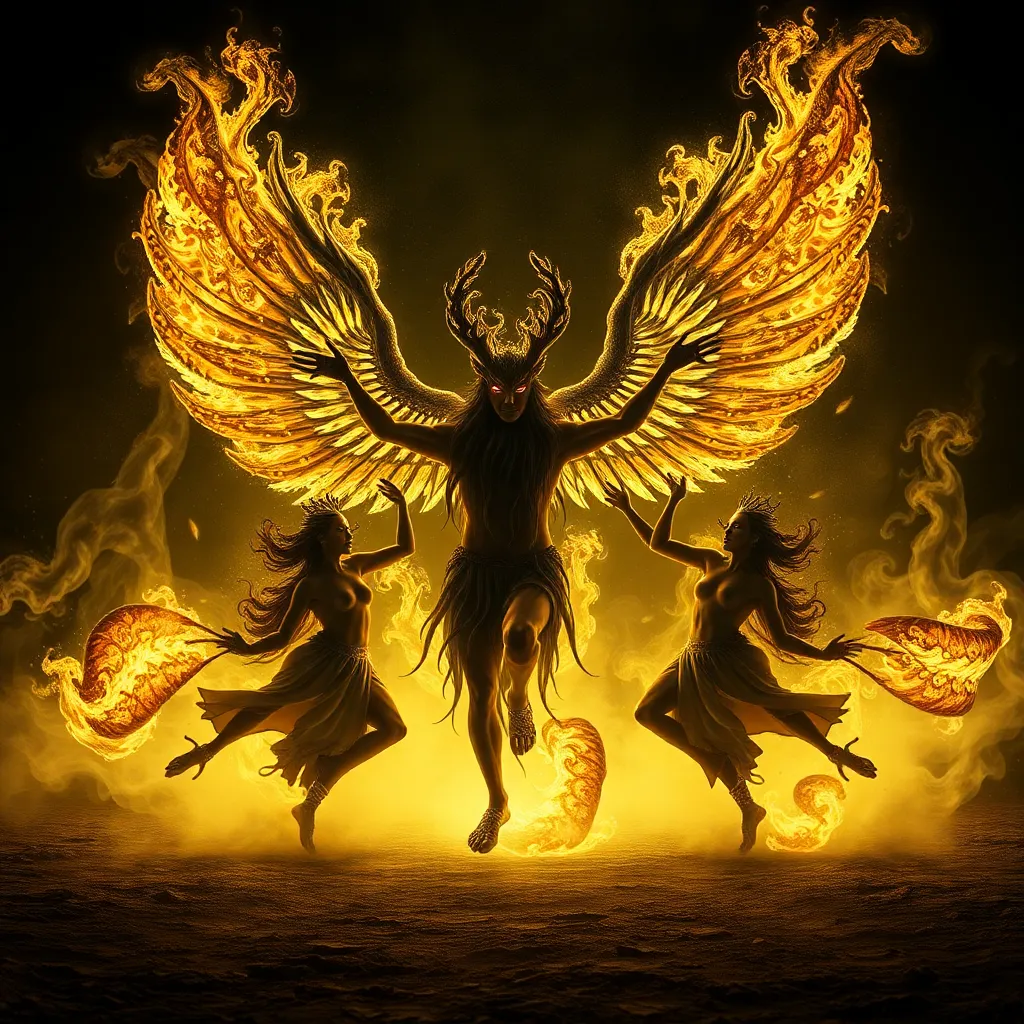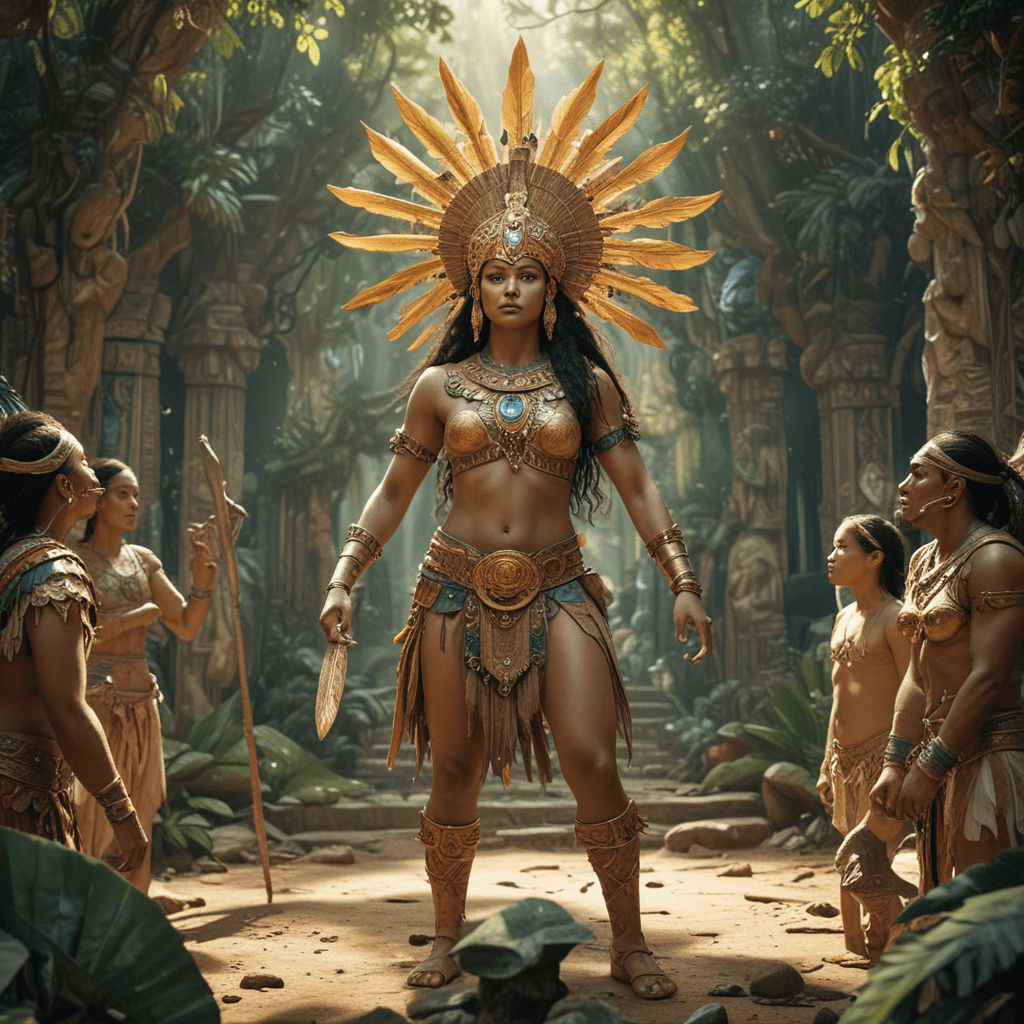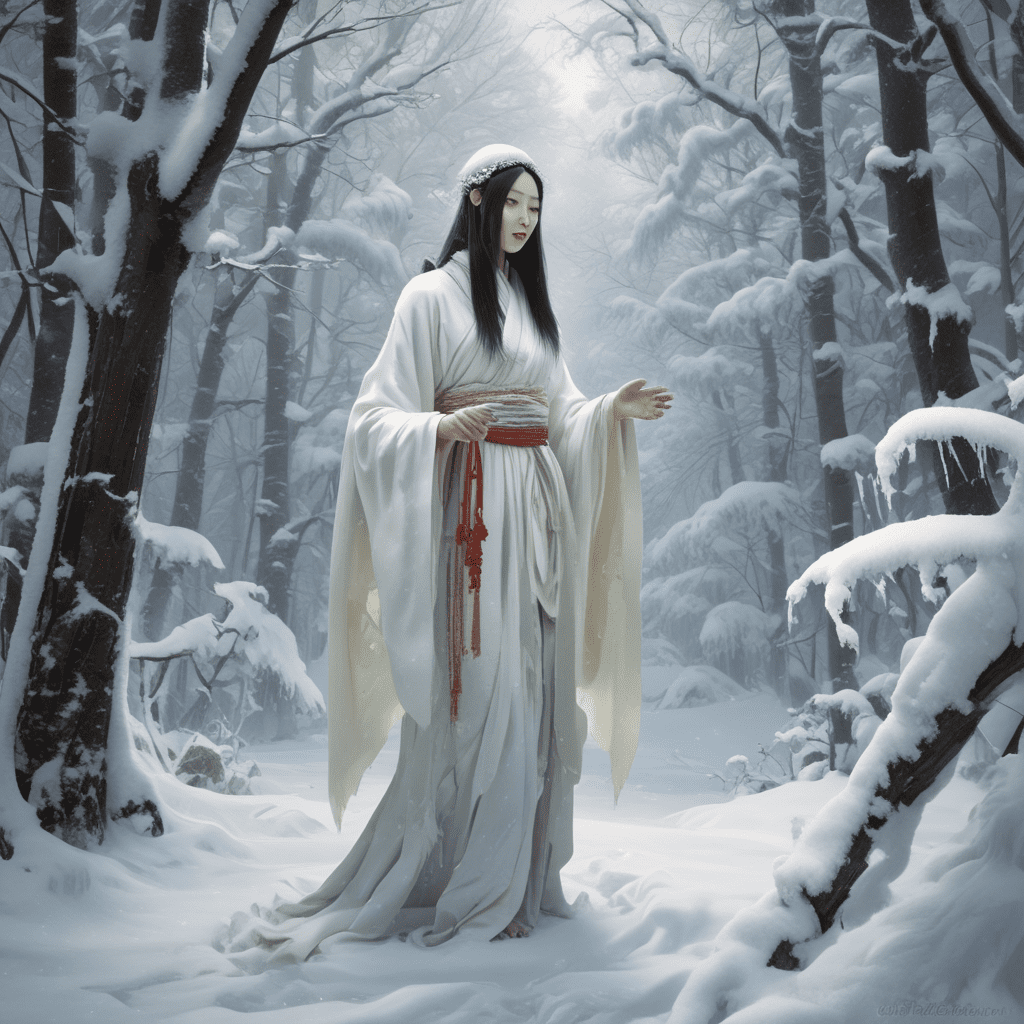The Peryton’s Dance: Exploring Mythological Rituals and Practices
I. Introduction to the Peryton
The Peryton is a fascinating creature rooted in mythology, often depicted as a bird with the body of a deer. This hybrid being draws from various cultural influences, particularly within Western and Middle Eastern mythologies. The origins of the Peryton can be traced back to medieval bestiaries, where it was described as a being that could fly, yet bore a striking resemblance to the stag.
In terms of symbolism, the Peryton embodies themes of duality and transformation. Its bird-like features represent the ethereal realm, while its deer-like characteristics ground it in the natural world. As such, the Peryton serves as a bridge between the celestial and terrestrial, highlighting the interconnectedness of all things in nature.
II. Historical Context of Mythological Rituals
Throughout history, mythology has played a crucial role in shaping the cultures and belief systems of ancient societies. Myths often provided explanations for natural phenomena, human behavior, and the mysteries of life and death. They served as narratives that helped communities make sense of their world and their place within it.
Rituals associated with mythical creatures were prevalent across various traditions. These rituals often involved:
- Prayers and offerings to the deities represented by the creatures.
- Dance and music to invoke the presence of these beings.
- Seasonal festivals celebrating the cycles of nature and the creatures that symbolize them.
III. The Dance of the Peryton: Significance and Symbolism
The dance of the Peryton is a significant motif in mythological narratives, often interpreted as a form of communication with the divine. In many stories, the Peryton’s dance serves as a means to transcend the mundane and enter a realm of spiritual enlightenment.
The dance symbolizes transformation, both for the dancer and the audience. It represents the journey from the physical world to the spiritual, as participants are believed to connect with higher powers through movement and rhythm. This connection fosters a sense of unity with nature and the cosmos.
IV. Ritual Practices Involving the Peryton
Ancient rituals that featured the Peryton often included elaborate dance performances. These rituals were designed to honor the Peryton and seek its blessings for fertility, abundance, and protection. Such ceremonies typically unfolded in sacred spaces, such as groves or temples, where participants could immerse themselves in the natural world.
The significance of dance in these rituals cannot be understated. Dance was a medium through which participants could express their reverence and connect with the divine. The intended outcomes of these rituals included:
- Spiritual healing and guidance.
- Ensuring a bountiful harvest and favorable weather.
- Strengthening community bonds through shared experience.
V. Comparative Analysis: The Peryton and Other Mythical Creatures
When comparing the Peryton to other mythical creatures, several similarities and differences emerge. Like the Peryton, many mythical beings serve as symbols of duality—combining elements of both the animal and supernatural worlds. For example:
- The Griffin combines the lion and the eagle, representing strength and wisdom.
- The Mermaid merges human and fish traits, embodying the allure and mystery of the sea.
However, the Peryton is unique in its specific representation of flight and earthiness, symbolizing a balance between the two realms. Universal themes in mythological dances and rituals often include:
- Transformation and rebirth.
- Connection to nature and the cosmos.
- Community and shared cultural identity.
VI. Modern Interpretations and Revivals of the Peryton’s Dance
In contemporary culture, the Peryton and its rituals have been reimagined in various artistic expressions. Modern performances often draw upon ancient traditions, blending them with contemporary dance styles to create unique interpretations of the Peryton’s dance.
The impact of these modern performances is significant, as they breathe new life into mythological traditions, making them accessible to newer generations. Artists and choreographers strive to capture the essence of the Peryton, emphasizing themes of transformation and connection through movement.
VII. The Peryton in Popular Culture
The Peryton has found its way into popular culture, appearing in literature, film, and visual arts. Its representation often highlights the mysterious and fantastical elements of the creature, appealing to audiences’ imaginations. Notable examples include:
- Fantasy novels that incorporate the Peryton as a magical creature.
- Films that depict mythical creatures in a mythical landscape.
- Artworks that explore the themes of transformation and duality through visual representations of the Peryton.
This influence of popular culture on public perception of mythological rituals has led to a renewed interest in exploring ancient practices, encouraging discussions about the relevance of these traditions in modern society.
VIII. Conclusion: The Enduring Legacy of the Peryton’s Dance
The Peryton’s dance serves as a powerful reminder of the importance of preserving mythological traditions. These narratives and rituals provide insight into the human experience, revealing our intrinsic connection to nature and the cosmos.
As we reflect on the legacy of the Peryton and its dance, it becomes clear that such mythological practices offer valuable lessons about transformation, community, and the divine. In an increasingly disconnected world, embracing these traditions can help us rediscover our place within the grand tapestry of life.


